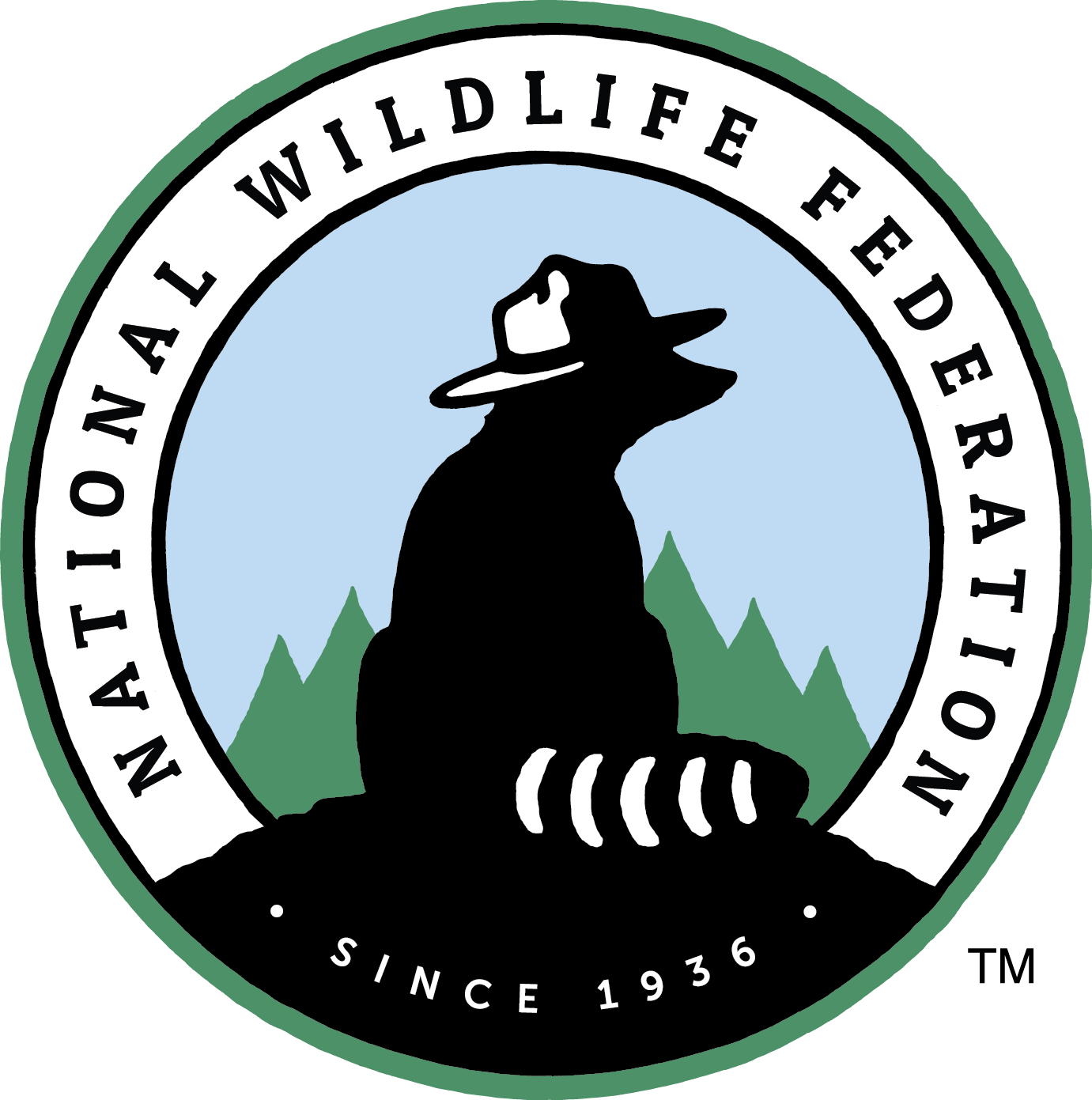Number: 1976-18 WHEREAS, the U.S. Army Corps of Engineers has been asked to convert approximately 1700 acres of land presently leased to the State of South Carolina for wildlife purposes into a privately-developed recreational complex known as the Little River Development Plan on Clark Hill Reservoir at McCormick, S.C.; and WHEREAS, the proposed site provides excellent habitat for several s ...[Read More]
Little River Development Plan
Vegetation Removal on National Resource Land
Number: 1976-10 WHEREAS, the Bureau of Land Management (BLM) and the U.S. Forest Service frequently remove vegetative growth such as pinon-juniper and sagebrush from large areas of public lands in an effort to enhance forage for livestock without adequate inventories of existing wildlife habitat; and WHEREAS, the removal of such vegetation often deprives many species of wildlife of valuable ...[Read More]
Agricultural Conservation Program
Number: 1976-11 WHEREAS, the Agricultural Conservation Program (ACP), a cost-sharing program administered by the Secretary of Agriculture, has evolved over the years since its establishment in the mid-1930’s into a program aimed principally at increasing agricultural production by providing federal matching funds for many short-term production-oriented practices; and WHEREAS, the prog ...[Read More]
Trotter Shoals
Number: 1976-21 WHEREAS, the proposed Trotter Shoals (Richard B. Russell Dam) on the Savannah River, South Carolina and Georgia, would destroy thousands of acres of prime bottomland habitat for wildlife; and WHEREAS, the project would destroy approximately one-half of the total available trout habitat in South Carolina; and WHEREAS, the environmental impact of the project has not been accur ...[Read More]
Mitigation for Wildlife Losses
Number: 1976-16 WHEREAS, conservationists feel that mitigation for wildlife losses due to water resource development projects has been inadequate when based on man days of use; and WHEREAS, an evaluation system which analyzes the resource itself and not the expected use of the resource more accurately assesses the effects of water resource development projects; and WHEREAS, a task force, th ...[Read More]
State Jurisdiction Over Big Game Shooting Preserves
Number: 1976-07 WHEREAS, some state wildlife agencies do not have jurisdiction over exotic big game mammals on shooting preserves; and WHEREAS, such hunting has in some instances in the past held little resemblance to sport hunting, thereby subjecting the entire sport of hunting to ridicule and shame; and WHEREAS, the general public expects state wildlife agencies to regulate all sport hunt ...[Read More]
Wildlife Acreage Set Aside Program
Number: 1976-22 WHEREAS, the Nation is involved in an agricultural program that promotes optimum production with little consideration for conservation practices or wildlife values; and WHEREAS, there is a dire need for improving conservation practices and making them more attractive to wildlife; NOW, THEREFORE, BE IT RESOLVED that the National Wildlife Federation, in annual meeting assemble ...[Read More]
Major Conservation Issues, 1976
Number: 1976-01 From knowledge as an association of independent state organizations and their affiliated local groups, the National Wildlife Federation is of the firm conviction that an alert and fully-informed public will demand sound management of natural resources. Public education is the solid foundation upon which conservation practices must be based. Overall, the National Wildlife Fed ...[Read More]
Road Closures
Number: 1976-15 WHEREAS, logging operations have resulted in many unneeded accesses to some national forest, national resource lands, and national grasslands; and WHEREAS, these accesses have had undesirable impacts upon wildlife habitat, hunting experiences, soil erosion, and stream sedimentation; and WHEREAS, open primary roads at widely-dispersed points are sufficient to provide reasonab ...[Read More]
Congaree Swamp
Number: 1976-19 WHEREAS, approximately 10,000 acres of the Congaree Swamp constitutes a major remaining uncut mature southern hardwood swamp; and WHEREAS, the Congaree Swamp is a unique biotic area containing many outstanding trees of record-establishing size and provides excellent habitat for numerous species of wildlife, including at least five classed as rare or endangered; and WHEREAS, ...[Read More]
